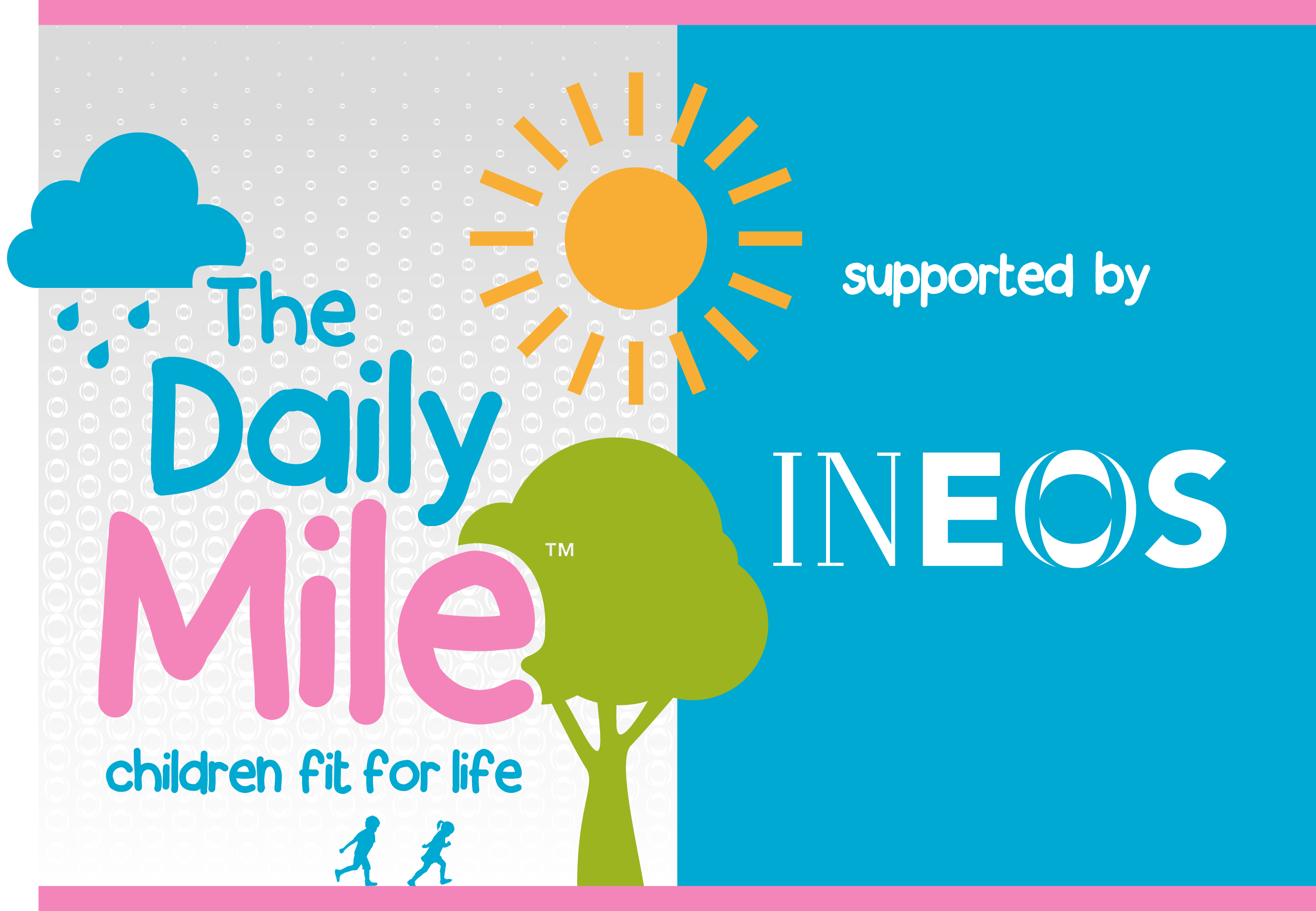The Daily Mile: Is this the solution to the child obesity crisis?
Source: The Telegraph
Date: 14-April-2018
Image: Cian Oba-Smith
The Daily Mile has become a global phenomenon with over 3,000 schools taking part
On a bright morning in early March, Freya Stevenson Smith, a teacher at St John’s Upper Holloway, a Church of England primary school in north London, asks her Year 1 class to line up on the playground. The children are excited, as five-year-olds on the verge of a mysterious new activity are apt to be. Before leading them out, Stevenson Smith reminds them of what is about to happen.
“Who can tell me what we’re doing this morning?” she asks. “The Daily Mile!” they answer. “Why are we doing it?” “For exercise!” “How does exercise make us feel?” “It makes us feel good about ourselves!”
Stevenson Smith sets a timer for 15 minutes. Despite its name, The Daily Mile is a measure of time, rather than distance. Most children run a mile, or slightly more, during the time, but it is not mandatory. Participants are encouraged to run or jog, but a bit of walking is not forbidden. The two crucial things are that everyone does it, and it happens every day, rain or shine (although not in icy conditions). There is no kit, no fixed time of day, no special equipment, and no competition.
… Stevenson Smith is far from the only teacher determined to take action against what is becoming one of Britain’s most urgent problems, and The Daily Mile phenomenon is sweeping schools. NHS data has shown that by the time children leave primary school nearly a third are overweight or obese. The issue is especially bad in more deprived areas. Obese children are more likely to become obese adults, and obesity is linked to many other conditions, including type 2 diabetes, asthma, hypertension and some types of cancer. Fitter children have been shown to perform better academically, too.
The Daily Mile seems to offer the best recent hope of solving the problem. Since it was begun, in 2012, it has been taken up, officially, by more than 3,000 schools around the world. The real figure is probably higher, since there is no obligation for schools to report when they are starting the scheme. In Scotland, where The Daily Mile began, it’s estimated that nearly half of primary schools are now doing it, and organisers are keen to make Scotland the first Daily Mile nation. The initiative has spread as far as Australia and the UAE, with schools from more than 30 countries taking part.
… Back at St John’s Upper Holloway, four weeks after that first, somewhat chaotic mile, Freya Stevenson Smith reports back on her class’s progress. The children run at the same time every day, straight after the register is taken. Gradually they have grown used to it. They say it makes them feel ‘fit and fast’, or ‘happy, because it’s hard’.
‘It has been interesting to watch the children becoming more aware of sensations in their bodies,’ Stevenson Smith says. ‘They talk about “their red, hot face”, “big heartbeat” and “tired legs”. I’ve also noticed an improvement in their resilience. Now, when they trip over, they get straight back up and keep running. They take fewer breaks. We’ve started counting their laps, and they are all keen to beat their own records. It took about a week for the routine to get settled, but after that I noticed them working in class in a more focused manner.
‘It’s also helping us to foster a supportive social environment,’ she adds. ‘The kids have naturally started encouraging one another to persevere. They’re excited to get going.’
This article has been reproduced with the kind permission of the content creator, The Telegraph. To read the full article, please click the link below.




